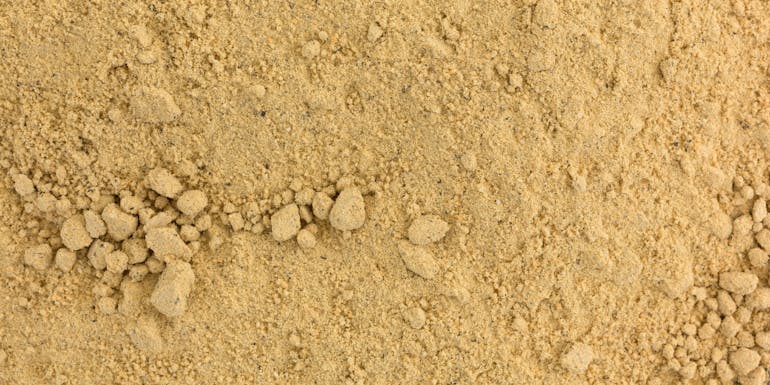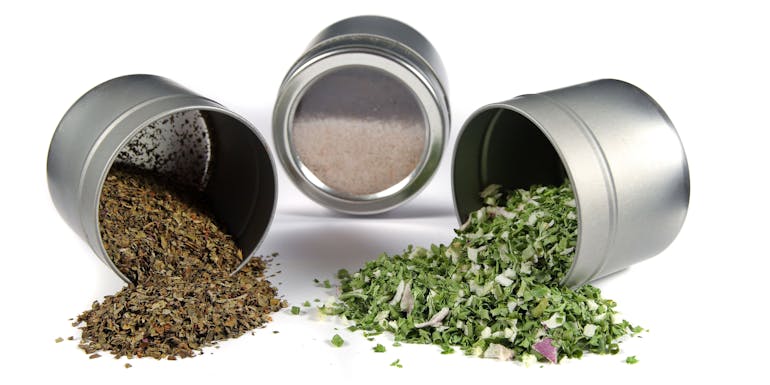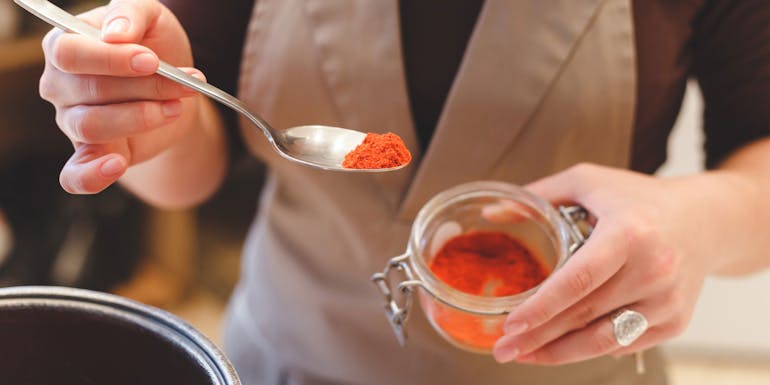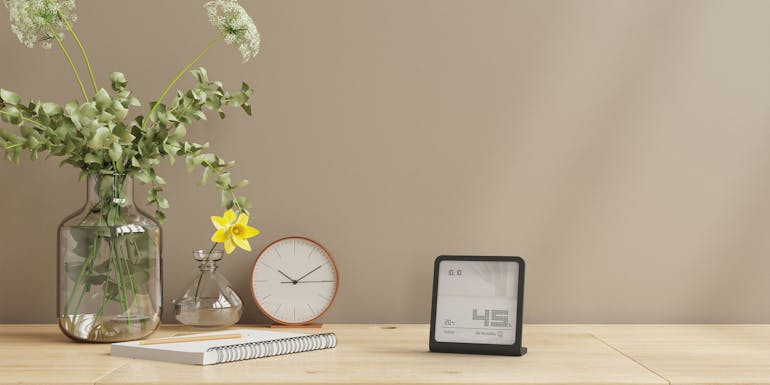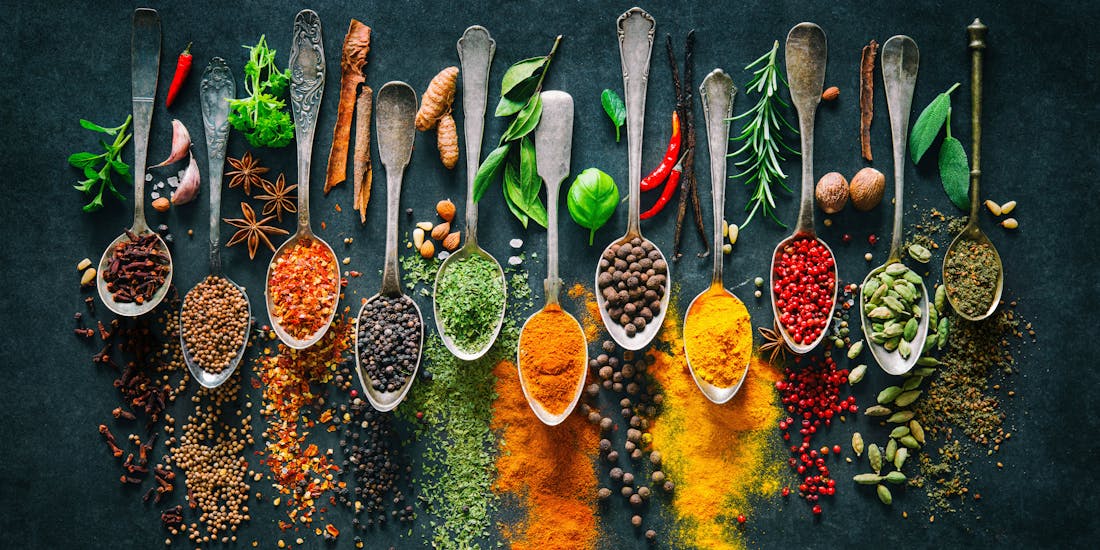
Claudia Eidenberg, 9 February 2023
Kitchen
Storing herbs and spices – the right indoor climate
There is a wide variety to choose from and they can be used to pep up any meal. We are talking about dried herbs and spices. But how do I store them correctly to preserve their flavour and quality for as long as possible? What has the indoor climate got to do with it? We answer these and other questions in the article below.
It’s important to store spices and herbs correctly
It’s very important to store herbs and spices correctly for them to keep their flavour and not go stale for as long as possible. If stored properly, they can last for years. So what exactly should I know about storing spices and herbs? You will find the most important tips on any packaging: in a cool, dry place, away from light, in airtight containers. But why are these conditions so important?
If herbs and spices are exposed to direct sunlight, for example, their ingredients and vitamin content can break down and the herbs and spices can lose their aroma as a result. Also, their colour can fade, leaving them looking unappetising. If the packaging is not airtight, they will quickly lose their flavour and end up looking like dried grass. Or they can absorb other odours. And if too much moisture gets to herbs and spices, they can clump and in the worst case go mouldy. Airtight containers should also be protected against moths and other unwanted vermin.
Prevent contact with moisture when storing herbs and spices
Herbs and spices have hygroscopic properties which means that they absorb and bind the moisture from their surroundings, leading to spices clumping. In order to prevent this, it is very important for them to be stored in a dry and airtight environment.
A lot of us store spices in clear glass jars above the hob as most kitchens have a cupboard for spices there. However, this is far from ideal as the rising steam created when cooking exposes the spices to excessive moisture.
It is best to keep your herbs and spices in well-sealed ceramic, aluminium or stainless steel containers which provide excellent protection against external influences. Jars made of dark brown glass are also a good way of storing herbs and spices. If you do not have any of these alternatives to hand, it is important to keep spice containers made of clear glass in a dark place such as a kitchen drawer or cupboard. Refill packs or spices in bags should be put into a sealed container immediately after opening. Dried spices should not be kept in the fridge on account of the high level of moisture.
Also, while cooking, make sure that when you measure out spices, you don’t do it directly over the pot as the steam will make the contents of the container clump. And always use dry cutlery as wet cutlery will introduce moisture into the container and cause spices to clump.
How to keep on top of your spice storage
It is important to monitor the humidity so that your herbs and spices are not exposed to too much or not enough moisture. The right temperature should not be overlooked either. The optimal relative humidity is 40-60% and the optimal room temperature 20 °C which you can monitor quite easily with a hygrometer. These little helpers measure the level of humidity and temperature constantly and show you what your indoor climate is at a glance. Stadler Form hygrometers have a smiley face which shows you when the level of humidity is at the optimal level.
Still don’t have a hygrometer at home? Click here to find out about our two hygrometer ladies.
If you have questions related to indoor room climate, please get in touch with us. Or subscribe to our newsletter to regularly get informed about current topics regarding indoor climate, experience reports or Stadler Form insights.
